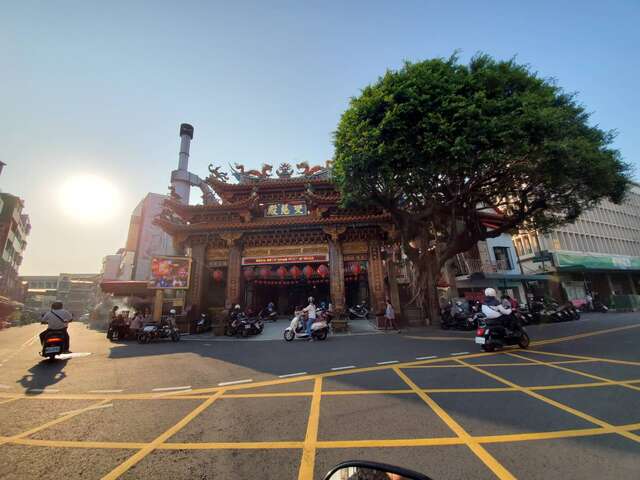Shuang Ci Temple Introduction
Shuangci Temple, located on Sanmin Road in Fengshan District, is the oldest temple in the area, with a history spanning over three hundred years. The temple's foundation can be traced back to the late Ming Dynasty, originally dedicated to Guanyin Buddha as its main deity, and was known as "Guanyin Pavilion." In the 18th year of the Qianlong era (1753 AD), the front hall was expanded and the Mazu Goddess was invited from Quanzhou for worship, causing Guanyin Buddha to move to the back hall. Since both deities are female and revered for their compassion, they are collectively referred to as "Shuangci Pavilion." Locally, it is commonly known as "Mazu Temple," "Tianhou Palace," or "Big Temple," and it predates the Longshan Temple, which is classified as a second-level historic site, making it even older. The temple attracts a steady stream of devotees, and its location at the junction with the Sanmin Road Furniture Street is quite unique, said to be a favorable feng shui site suitable for temples dedicated to female deities, akin to a mother hen protecting her chicks. Although its exterior has undergone numerous renovations and has lost its original appearance, the interior still preserves several plaques, couplets, and stone tablets, rich with historical significance, making it one of the most important temples in the heart of Fengshan residents.




































